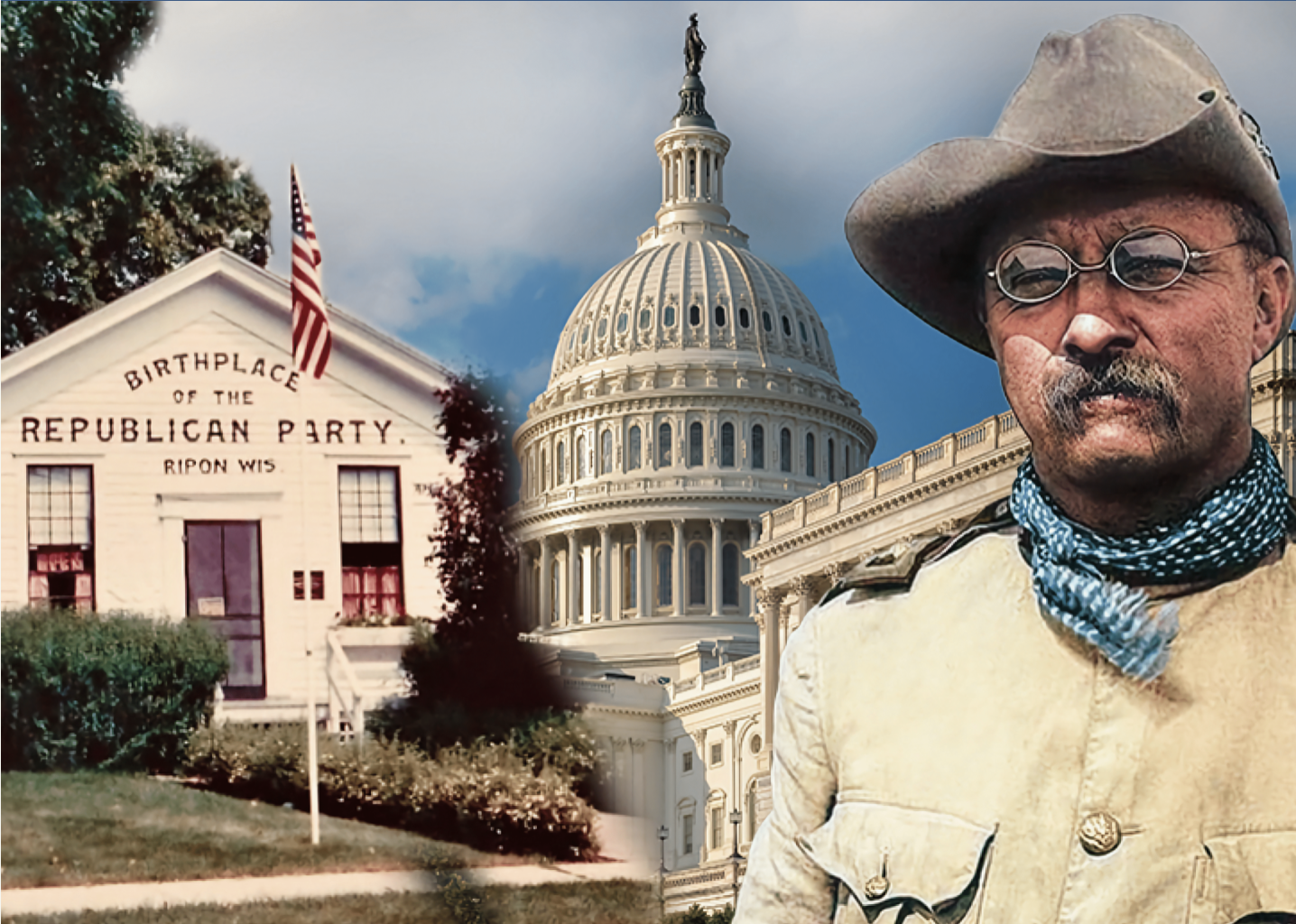
For most of the country’s history, the federal government had almost no role in education. The U.S. Department of Education – the locus of current federal intervention – is less than 50 years old, having been created in 1979.
In the long time that Washington largely obeyed the Constitution and stayed out of education, the country became the world’s preeminent economy, attracted immigrants from all corners of the globe, won multiple wars, and sent human beings into space. Given all that, there is no compelling reason to believe we need federal education intervention, much less a cabinet level education department.
Ideally, the federal government would completely exit education, with the exception of civil rights enforcement and providing education funding to families in the District of Columbia, the military, and on Indian reservations. Those are all that the Constitution – which gives the feds only specific, enumerated power – permits.
They are also all that experience supports. The federal role in ending forced racial school segregation in many states was necessary and appropriate. So has been supplying school choice in Washington, DC, through the DC Opportunity Scholarship Program. Other than those things, there is not much to be impressed by.
For most of the country’s history, the federal government had almost no role in education.
In the time the Department of Education has existed, while scores on the National Assessment of Educational Progress have gone up for some groups, especially in math, they have stagnated overall. And gains likely have nothing to do with the feds: between 1980 and 2024, real U.S. gross domestic product per-person rose from roughly $32,000 to about $68,500. Richer people tend to do better academically.
But we should not just look at trends. Federal policy made standardized test scores the end-all-and-be-all of education under the No Child Left Behind Act, which called for all students to be proficient in math and reading by 2014. By 2015, only 40 percent of 4th graders and 33 percent of 8th graders were proficient in math, and only 36 percent and 35 percent, respectively, in reading. The federal government took unconstitutional control of American education and fell miles short of its own goal.
Of course, test scores do not capture all, or likely even most, of what people want from education, including inculcating creative thinking, character development, and more.
Federal performance in higher education, where it focuses on aid to students in the form of grants, loans, and work-study, might be even worse than K-12. First, it has been shown repeatedly that federal student loans fuel college price inflation, with a recent Federal Reserve study finding that for every dollar increase in subsidized federal student loans, colleges raise their prices 60 cents. Meanwhile, paying for people to go to college spurs the demand for often hollow but expensive degrees, powering a credential treadmill that forces people to get higher and higher degrees just to stay in one labor marketplace.
Federal performance in higher education, where it focuses on aid to students in the form of grants, loans, and work-study, might be even worse than K-12.
Setting aside the unintended consequences of the programs, the Department of Education has proven itself an incompetent lender. Despite being given extra time to get it done, the Department last year failed to simplify the Free Application for Student Aid (FAFSA), the gateway to the federal aid that is baked into college prices. It resulted in a payment nightmare for students and schools alike. And that was just the tip of the iceberg. In 2022, the GAO reported that the Department had long failed to keep accurate data on borrowers’ repayments, a basic competency.
Washington should get out of education, which would, of course, include shuttering the Department of Education. But even if the feds do not exit the classroom, the Department – which was created at the behest of the nation’s largest teachers’ union, the National Education Association – should be eliminated.
If Congress chooses to keep most or all federal education programs and funding streams, the Department should be dismantled roughly as outlined in the recent bill from Sen. Mike Rounds (R-SD), which does sensible things like move student aid to the Treasury Department, where finance is their bread and butter, and Indian education to the Department of the Interior, where the Bureau of Indian Affairs is housed. The work of the Office of Civil Rights would go to the Department of Justice, where it has always belonged.
The Rounds bill would also block grant a lot of money to states. It would certainly be more efficient to end the many small, discretionary grant programs the Education Department runs and block grant big sums, such as the roughly $18 billion sent to states through Title I of the Elementary and Secondary Education Act and $14 billion through the Individuals with Disabilities Education Act.
There is no compelling reason the U.S. Department of Education, and the almost $2.8 billion it takes just to pay its nearly 4,200 employees, should continue. The country has spent most of its life without one, federal programs have been ineffective at best and damaging at worst, and the Department itself has proven incompetent at even basic functions.
It is time for it to go.
Neal McCluskey is director of the Cato Institute’s Center for Educational Freedom.




